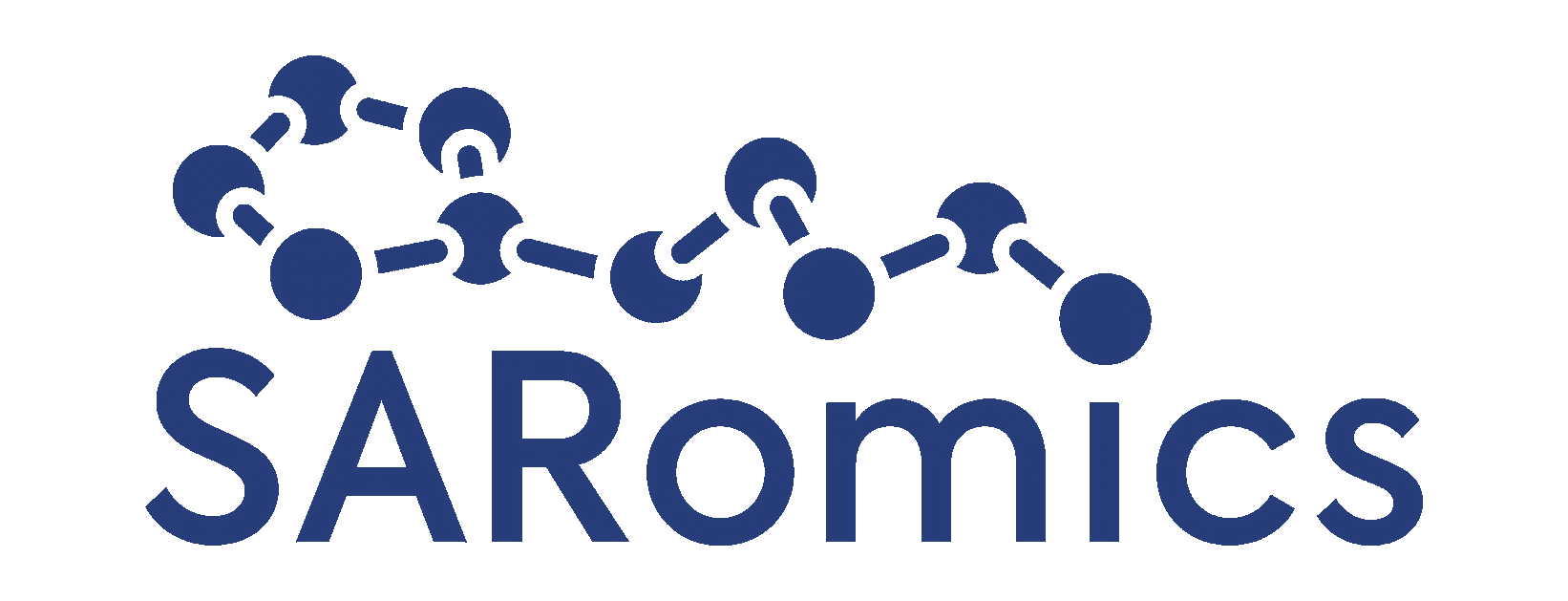Structural Bioinformatics & Structure-Based Drug Design
This site provides a guide to structural biology - principles of protein structure, structural bioinformatics, and structure-based drug design. You will also find an overview of the experimental methods used in structural biology and an introduction to protein crystallization and X-ray crystallography. The material is primarily intended for biochemistry and biomedical students interested in structural biology. It is based on a course in structural biology that I have been running at Lund University.
Please note that this site is not a comprehensive course on the subject. The entire system includes lectures, tutorials, and practical exercises that together constitute an essential complement to the understanding of the principles of structural biology, protein structure, and function.
Please note that this site is not a comprehensive course on the subject. The entire system includes lectures, tutorials, and practical exercises that together constitute an essential complement to the understanding of the principles of structural biology, protein structure, and function.
Visit my blog at SARomics Biostructures!
I have written a series of blog articles on various aspects of structural biology and its contribution to small-molecule and therapeutic antibody drug discovery. See the recent titles:
Antibody structure and engineering: therapeutic monoclonal antibodies
The development of new drugs of biological origin, the majority of which are monoclonal antibodies, is a major focus of modern-day drug design. The information on monoclonal antibody three-dimensional structure, in combination with antibody engineering, plays a central role in this process and has opened the way for the rapidly growing field of monoclöonal antibody therapeutics.
https://www.saromics.com/blog/biosimilars-structure-comparability
The second part of our article series on antibody therapeutics discusses the field of biosimilar therapeutics, and the need for higher order structure (HOS) comparability analysis.
Links to earlier posts can be found here
Antibody structure and engineering: therapeutic monoclonal antibodies
The development of new drugs of biological origin, the majority of which are monoclonal antibodies, is a major focus of modern-day drug design. The information on monoclonal antibody three-dimensional structure, in combination with antibody engineering, plays a central role in this process and has opened the way for the rapidly growing field of monoclöonal antibody therapeutics.
https://www.saromics.com/blog/biosimilars-structure-comparability
The second part of our article series on antibody therapeutics discusses the field of biosimilar therapeutics, and the need for higher order structure (HOS) comparability analysis.
Links to earlier posts can be found here
To view the different chapters, please follow the links below.
We cover the essential characteristics of the 20 most common amino acids and discuss relationships between the amino acid sequence and the three-dimensional structure. In addition, we discuss the basic principles of sequence alignment and analysis and provide a couple of examples of sequence alignment using bioinformatics resources on the internet.
We cover the basic principles of protein structure, like secondary structure elements, domains, folds, and the most important structural bioinformatics databases. We also discuss the relationships between protein amino acid sequence and the three-dimensional structure.
In this part, we discuss some basics of structure-based drug design - lead discovery & lead optimization, screening small-molecule libraries, and fragment-based drug design. An example of structure-base drug design is also described in detail.
In the experimental part, I have included an introduction to protein crystallization and protein X-ray crystallography, including an overview of the essential criteria for the quality of protein structures.
Earlier blog posts at SARomics Biostructures site
How structural biology is helping drug discovery?
Applying structural biology methods requires many different skills and often a lot of experience. A structural biology services company built around a technology platform brings together people with the experience and skills required to run a drug discovery project.
Structure-Based Discovery Strategies
Which strategy to choose when planning a drug discovery project? Maybe structure-based design, ligand-based design, or de novo design? These questions are discussed in our series on structure-based drug design in this second post.
Library Screening: Lead-like or Fragment Libraries?
We discuss screening in this third post on structural biology and structure-based drug design. Compound screening is central to all drug design strategies discussed earlier. The quality of the compounds we identify in this process will be crucial for the discovery project.
Note for visitors
Please note that the site is updated a few times/year, which means it is not continuous! I am sorry for any inconvenience. The updates may include some minor design issues, updates of links present on the site, etc. Also, please note I cannot help you with your projects; I don't have enough time; I am sorry.
If you have questions related to the website or any comments or suggestions, please get in touch with me using the contact form.

The content is licensed under a Creative Commons Attribution-NonCommercial-ShareAlike 4.0 International License.
Please note that the site is updated a few times/year, which means it is not continuous! I am sorry for any inconvenience. The updates may include some minor design issues, updates of links present on the site, etc. Also, please note I cannot help you with your projects; I don't have enough time; I am sorry.
If you have questions related to the website or any comments or suggestions, please get in touch with me using the contact form.

The content is licensed under a Creative Commons Attribution-NonCommercial-ShareAlike 4.0 International License.




